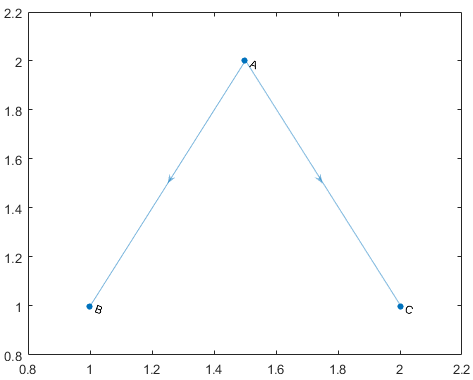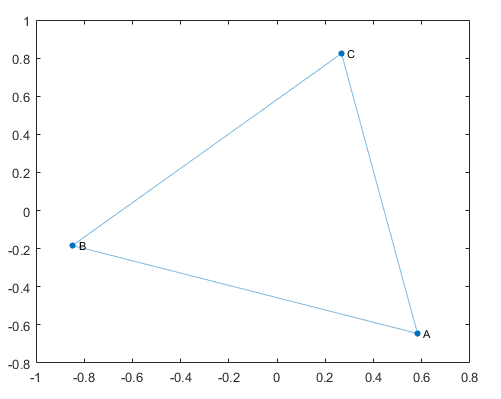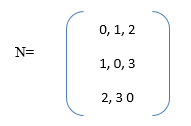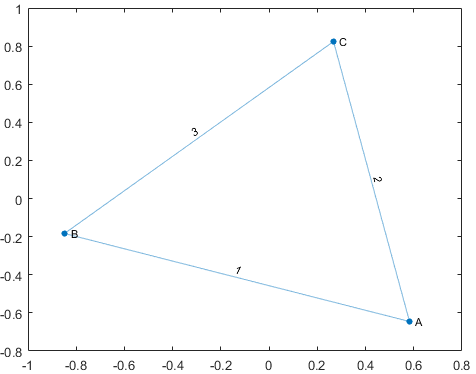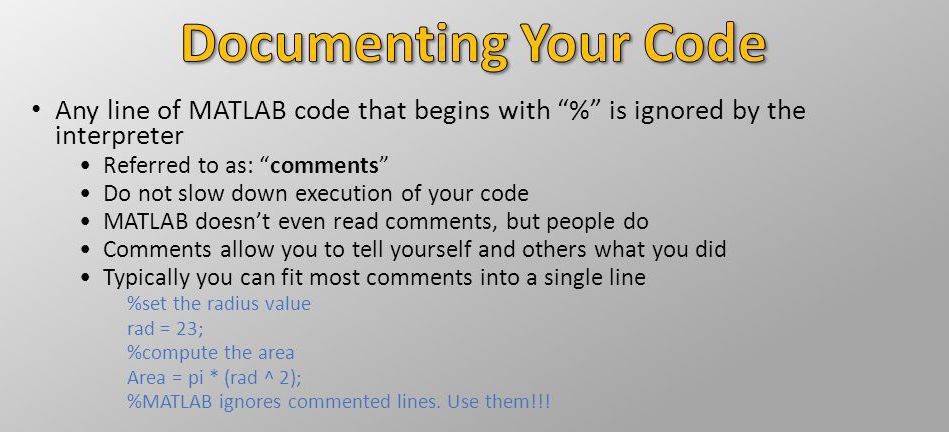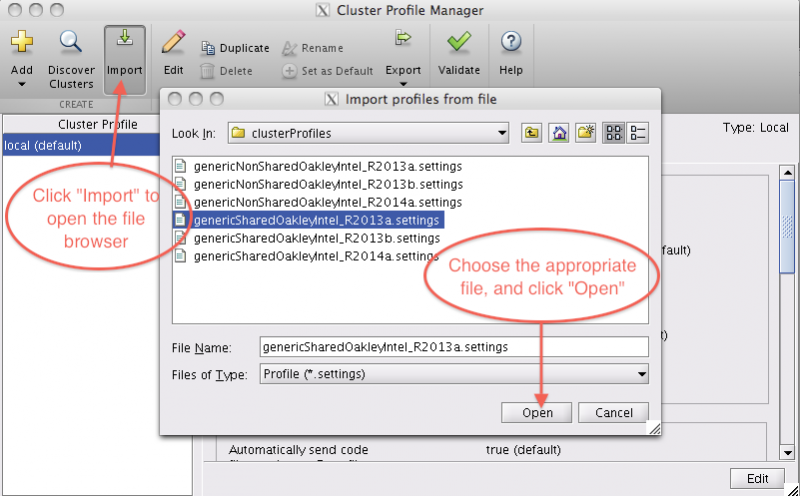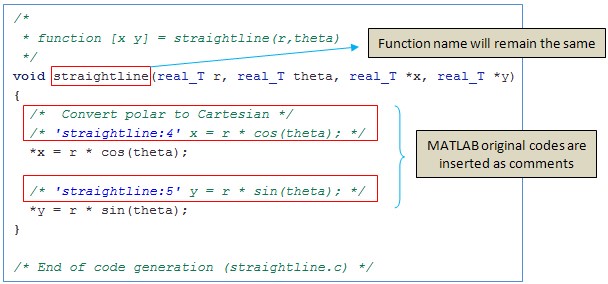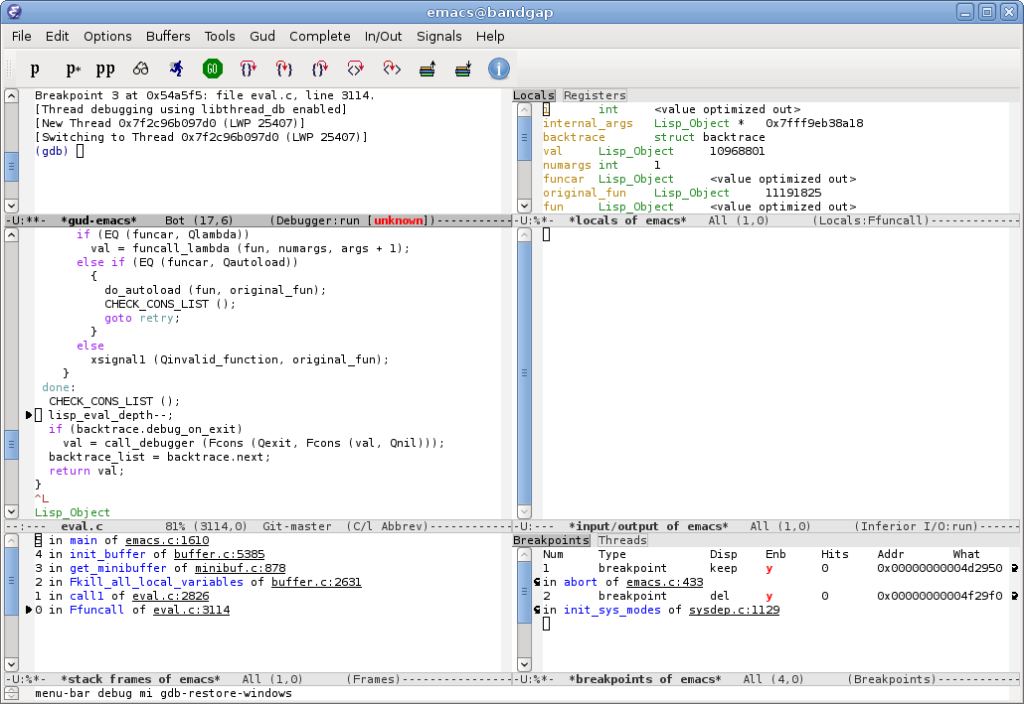After getting yourself enrolled in a PhD program, you must be scared of getting your research paper published in reputed scientific journals such as IEEE, Springer, Journal of fundamental programming and NASA Tech Brief etc.
Thesis & Code has come up with this unique idea of letting your publication worries go away and providing you with the detailed guidelines to follow for a successful publication in IEEE.
As a practicing engineer or a researcher, it is important for you to publish the result of your work. Publication is not just about getting recognition or career advancement, it’s a critical step in the scientific process.
Your discoveries will help advance technology and foster innovation for the public good, but this can only happen if your research can be understood, read and built upon by future engineers and researchers.
Our Thesis & Code guide will help you in getting published.
(Learning how to prepare, write and submit your paper for peer review by an IEEE conference magazine from the qualified and expert team of Thesis & Code.)
The guide will cover the following sections:
- Conducting the literature Review
- Ethics in Publishing
- Select an Appropriate Format
- Choosing Where To Submit
- Developing Manuscript
- Improving & Revising
- Submissions
- Peer Review
- The Final Steps
Prof. Jackwell, Head of research board at Thesis & Code, advises that to be a successful author, it is important to structure quality work to improve your chances of being accepted and to encourage excellence and technological innovation for the benefits of mankind.
Prof. Jackwell adds, where you publish matters, everyone wants to know that the information they cite come from a credible publication. Over more than 100 years IEEE has always been a trusted source for researchers in government, academia, and corporations.
Here is what expert team at Thesis & Code suggests,
Before Getting Started:
If you want to publish your work, you should not write just for publishing sake or to acquire citations for your curriculum vitae. If you are following this rule than surviving peer review will be a daunting process.
If you are planning to publish your work ask below-mentioned questions to yourself, said Research Expert, Thomas Taylor at Thesis & Code:
- Is this an important problem related to your field or is the data collected and analyzed of interest to the wider community?
- What has been done in the past?
- Does the research significantly advance the state of your field?
As per Taylor, the answers to these questions will be answered only understanding the relevant literature
1) Conducting the Literature Search:
The research problem you are going to answer must contribute important and new knowledge to your field.
A thorough review of the published work will help. Taylor suggests, as an author, you must be able to show readers and reviewers that you understand what has been done before and that your findings add same new understanding to the field.
Though it’s not seen that all of the resources you identify in the literature review will become references for your work.
The references will be used in the introduction and the discussion chapter to show how you are making a remarkable contribution to your field of study.
The internet has made it too easy to find the information. A well-researched strategy is needed to find the most relevant literature to your work. Your first choice may be to start your search with google or any other search engines. This approach of yours will generate thousands of results, and most of them will be irrelevant to your research, said Taylor.
He suggests following two options to go with for a relevant literature review:
IEEE Xplore Digital Library:
IEEE Xplore is a digital library that offers a robust interface to help in discover and access scientific content from IEEE and its publishing partners. Xplore provides access to more than 3.5 million full texts published documents.
Bibliographic Databases:
There are many databases such as Compendex and Inspec, who has experienced engineering writers. These databases will help in identifying references from a broad selection of literature.
2) Ethics in Publishing:
Prof Jackwell said that IEEE takes ethics quite seriously and does not tolerate fraudulent publication and research. Your submission will be screened thoroughly and if you have violated any standard of publication, depending upon the nature of violation IEEE will take corrective actions.
He suggested below-mentioned guidelines to ensure that your work is beyond rebuke:
Author’s Front:
The roles and responsibilities of an author are clearly defined by IEEE. As per IEEE, the authorship and co-authorship should be based on the substantial intellectual contribution. An author is someone who is responsible for the work developed.
The list of the perpetrators should include only those who had a significant contribution in its development. It can be considered a breach if you omit an author who had contributed significantly to the work or if you include a person who did not has much to do with the development of the paper.
Mentioning an author who didn’t contribute significantly to an article is a violation of IEEE ethics.
Provide a list of authors that includes a description of each person’s contribution to the article.
Citation of Original Work:
Plagiarism:
If you are reviewing the literature you come across something that attracts your attention, you copy it and paste it into your work.
Do not do it!
Copying someone else’s work word-to-word or even paraphrasing what another author has written without proper attribution is plagiarism.
IEEE does not tolerate any form of plagiarism. It defines plagiarism as the misuse of someone else’s ideas, results, processes without explicitly acknowledging the original source or author.
IEEE Recognizes Five Degrees of Plagiarism:
- Copying someone else’s entire article, or a major portion of the article, without credit to the original author(s) or copying your own previously published work.
- Copying a large proportion (20-50%) of someone else’s work, or your own previous work, without credit.
- Copying without credit individual elements such as paragraphs, sentences, or illustrations, resulting in a significant portion (up to 20%) of an article.
- Uncredited paraphrasing of pages or paragraphs from another source.
- Credited verbatim copying of a major portion of an article without clear delineation, such as quotes or indents.
Redundant Publication:
As an author or co-author, you should not submit your paper for review to more than one publication. Multiple publication waste space and fund and reduces the value of paper to its readers and create a problem with indexing and citation. IEEE uses plagiarism detection software to screen every submitted paper.
Copyright:
Copyrighting is a way of protecting your intellectual property. By maintaining copyrights, IEEE can make the content widely available. If you are publishing your work in any reputed journal you can transfer the copyright to that organization as well.
Fabrication Of data:
There may be legitimate difference in opinion about research and of course, the honest error may occur, but if the discovered results are false and you are fabricating data, manipulating images or engaging in such other such activity, and then you can expect serious corrective actions against you. Your professional career and your job will be at risk.
What you can do:
- Keep thorough records of your experiments
- Maintain data records after your work is published.
- Read the instructions carefully for your publication to understand how data and images should be handled.
To be continued….
 Fig. 1: Type of Topology
Fig. 1: Type of Topology